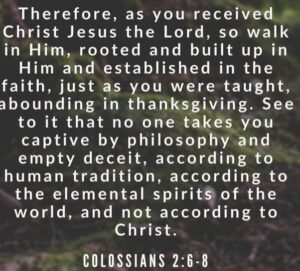
A. Missional Context
To spark interest in the recently published book, Christianity Reimagined, the following provocative questions were posed: What if you could rediscover the heart of Christianity’s spirituality – profound meaning, genuine connection, and a sense of the transcendent – without forcing yourself to accept a single belief that you just can’t? What if Christianity was never meant to be about rigid doctrines or blind belief, but about deep, transformative experiences – the kind you’ve had, the kind that truly shapes a life? These questions are designed to invite readers into the journey of reimagining Christianity for themselves.
The call to reimagine Church and Christian faith is frequently raised by activists from a spectrum of movements that includes liberation theology, postmodern and deconstructive theology, feminist and postcolonial theology, intercultural-religious dialogue and LGBT-Queer theology. These movements seek to reinterpret and modernize Christianity in order to make it relevant to perceived modern spiritual interests and sensibilities. Therefore, attention is directed toward revising traditional doctrines and church practices that are seen as obstacles to personal authenticity and social inclusivity.
The call to reimagine the Church and Christian faith is grounded in the belief that truth claims are inherently relative and must be deconstructed and reconstructed to align with emerging communities and evolving cultural contexts. The aim of this reimagination is to cultivate a faith that resonates with the “lived experience” of spiritual seekers, and to foster a church environment that serves as a “safe space” – a concept that originated within LGBT culture in the United States during the 1970s—for individuals who feel alienated or disillusioned by traditional church structures. Continue reading “Reimagining Church and Christian Faith: An Evangelical Response”

 I. Doubts About the Authenticity of Paul’s Teachings
I. Doubts About the Authenticity of Paul’s Teachings